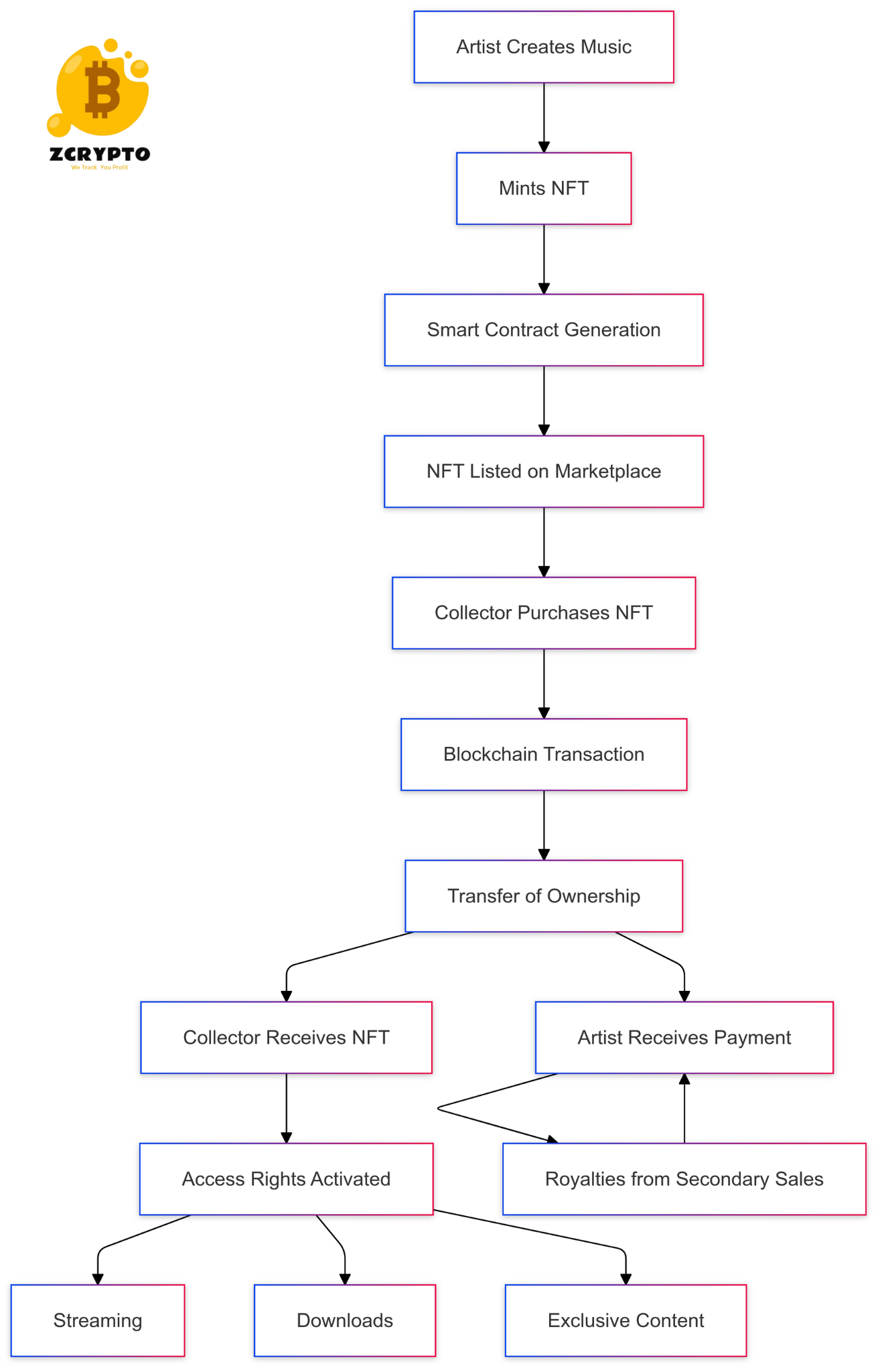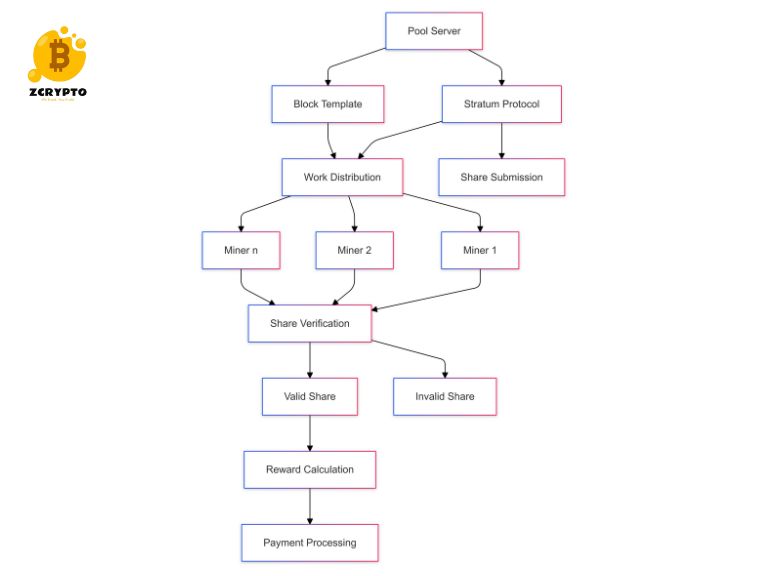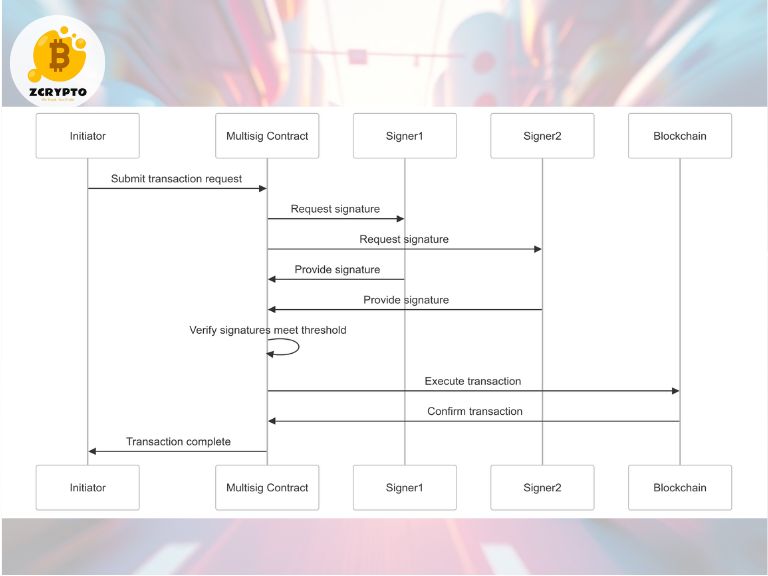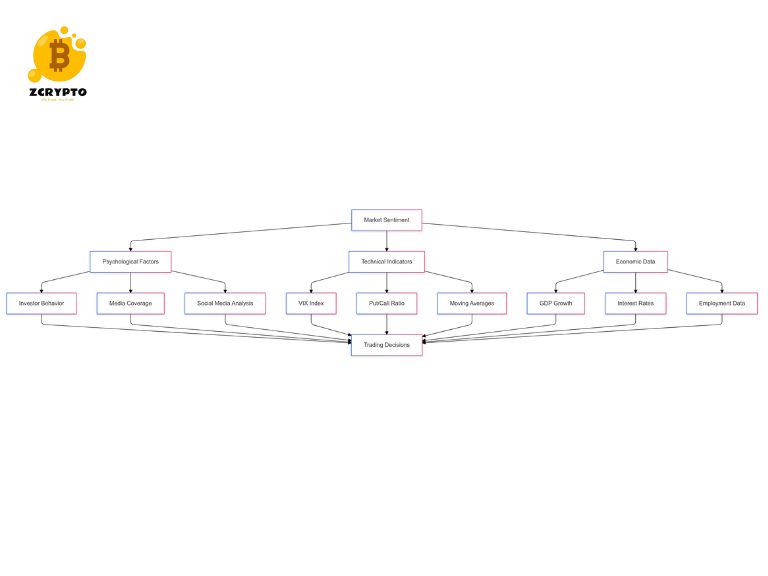- How to Create a Winning Business Plan: Step-by-Step Guide for Success
- Understanding the 11th District Cost of Funds Index (COFI): How It Impacts Your Mortgage Rates
- Unlocking Success: How to Become a Top Broker in Finance and Investment
- How to Calculate Average Return: A Comprehensive Guide for Investors and Business Analysts
- What is Merkle Tree? Technical Architecture and Applications
You are viewing: How Many Pi Coins Are There?
.picoins-container {
font-family: ‘Segoe UI’, system-ui, -apple-system, sans-serif;
max-width: 1200px;
margin: 0 auto;
padding: 20px;
color: #2c3e50;
}
.picoins-header {
text-align: center;
margin-bottom: 40px;
}
.picoins-header h1 {
font-size: 2.5rem;
color: #1a237e;
margin-bottom: 20px;
}
.picoins-section {
margin-bottom: 40px;
padding: 20px;
background: #ffffff;
border-radius: 8px;
box-shadow: 0 2px 4px rgba(0,0,0,0.1);
}
.picoins-section h2 {
color: #1a237e;
margin-bottom: 20px;
font-size: 1.8rem;
}
.picoins-section p {
line-height: 1.6;
margin-bottom: 15px;
font-size: 1.1rem;
}
.picoins-chart {
width: 100%;
height: 400px;
margin: 30px 0;
border-radius: 8px;
overflow: hidden;
}
.picoins-info-box {
background: #f5f7fa;
padding: 20px;
border-radius: 8px;
margin: 20px 0;
}
.picoins-info-grid {
display: grid;
grid-template-columns: repeat(auto-fit, minmax(250px, 1fr));
gap: 20px;
margin: 30px 0;
}
.picoins-info-item {
padding: 20px;
background: #fff;
border-radius: 8px;
box-shadow: 0 2px 4px rgba(0,0,0,0.05);
}
@media (max-width: 768px) {
.picoins-header h1 {
font-size: 2rem;
}
.picoins-section h2 {
font-size: 1.5rem;
}
.picoins-section p {
font-size: 1rem;
}
.picoins-chart {
height: 300px;
}
}
@media (max-width: 480px) {
.picoins-header h1 {
font-size: 1.8rem;
}
.picoins-section {
padding: 15px;
}
}
.picoins-calculator {
background: #ffffff;
padding: 20px;
border-radius: 8px;
margin: 20px 0;
box-shadow: 0 2px 4px rgba(0,0,0,0.1);
}
.picoins-calculator input {
width: 100%;
padding: 10px;
margin: 10px 0;
border: 1px solid #ddd;
border-radius: 4px;
}
.picoins-calculator button {
background: #1a237e;
color: white;
padding: 10px 20px;
border: none;
border-radius: 4px;
cursor: pointer;
}
.picoins-timeline {
position: relative;
max-width: 800px;
margin: 30px auto;
}
.picoins-timeline-item {
padding: 20px;
background: #fff;
border-radius: 8px;
margin: 20px 0;
position: relative;
}
.picoins-faq {
margin: 40px 0;
}
.picoins-faq details {
margin: 10px 0;
padding: 15px;
background: #fff;
border-radius: 8px;
}
.picoins-faq summary {
cursor: pointer;
font-weight: bold;
color: #1a237e;
}
.picoins-comparison {
overflow-x: auto;
}
.picoins-comparison table {
width: 100%;
border-collapse: collapse;
margin: 20px 0;
}
.picoins-comparison th,
.picoins-comparison td {
padding: 12px;
text-align: left;
border-bottom: 1px solid #ddd;
}
@media (max-width: 768px) {
.picoins-timeline {
padding: 0 20px;
}
}
.picoins-stats-grid {
display: grid;
grid-template-columns: repeat(auto-fit, minmax(250px, 1fr));
gap: 30px;
margin: 40px 0;
}
.picoins-stat-box {
background: #ffffff;
padding: 25px;
border-radius: 8px;
text-align: center;
box-shadow: 0 2px 4px rgba(0,0,0,0.1);
}
.picoins-stat-box h3 {
font-size: 2rem;
color: #1a237e;
margin-bottom: 10px;
}
.picoins-stat-box p {
color: #666;
font-size: 1rem;
}
.picoins-distribution-pie {
width: 100%;
max-width: 500px;
margin: 30px auto;
height: 500px;
}
.picoins-notice {
background: #fff3e0;
padding: 20px;
border-radius: 8px;
margin: 30px 0;
border-left: 4px solid #ff9800;
}
.picoins-notice h3 {
color: #e65100;
margin-bottom: 10px;
}
.picoins-notice ul {
margin: 10px 0;
padding-left: 20px;
}
.timeline-container {
position: relative;
max-width: 1000px;
margin: 0 auto;
}
.timeline-line {
position: absolute;
left: 50%;
transform: translateX(-50%);
width: 4px;
height: 100%;
background: #e0e0e0;
z-index: 1;
}
.timeline-item {
display: flex;
justify-content: space-between;
align-items: center;
margin: 2rem 0;
position: relative;
}
.timeline-item:nth-child(even) {
flex-direction: row-reverse;
}
.timeline-content {
width: 45%;
padding: 20px;
background: #fff;
border-radius: 8px;
box-shadow: 0 2px 4px rgba(0,0,0,0.1);
position: relative;
z-index: 2;
}
.timeline-point {
width: 30px;
height: 30px;
background: #1a237e;
border-radius: 50%;
position: absolute;
left: 50%;
transform: translateX(-50%);
z-index: 3;
}
.timeline-date {
font-weight: bold;
color: #1a237e;
margin-bottom: 10px;
}
.timeline-rate {
display: inline-block;
padding: 5px 10px;
background: #e8eaf6;
border-radius: 4px;
color: #1a237e;
margin: 5px 0;
}
.timeline-progress {
height: 6px;
background: #e0e0e0;
border-radius: 3px;
margin: 10px 0;
overflow: hidden;
}
.timeline-progress-bar {
height: 100%;
background: #1a237e;
border-radius: 3px;
transition: width 0.3s ease;
}
@media (max-width: 768px) {
.timeline-item {
flex-direction: column;
margin-left: 20px;
}
.timeline-item:nth-child(even) {
flex-direction: column;
}
.timeline-line {
left: 0;
}
.timeline-point {
left: 0;
}
.timeline-content {
width: 100%;
margin-left: 20px;
}
}
.picoins-faq {
max-width: 800px;
margin: 0 auto;
}
.faq-item {
margin-bottom: 1rem;
border: 1px solid #e0e0e0;
border-radius: 8px;
overflow: hidden;
background: #fff;
transition: all 0.3s ease;
}
.faq-item:hover {
box-shadow: 0 2px 8px rgba(0,0,0,0.1);
}
.faq-question {
width: 100%;
padding: 1.2rem;
background: #fff;
border: none;
text-align: left;
cursor: pointer;
display: flex;
justify-content: space-between;
align-items: center;
font-size: 1.1rem;
color: #1a237e;
font-weight: 500;
transition: all 0.3s ease;
}
.faq-question:hover {
background: #f8f9fa;
}
.faq-question .arrow {
font-size: 0.8rem;
transition: transform 0.3s ease;
}
.faq-question.active .arrow {
transform: rotate(180deg);
}
.faq-answer {
max-height: 0;
overflow: hidden;
transition: max-height 0.3s ease;
background: #fff;
padding: 0 1.2rem;
}
.faq-answer p {
margin: 0;
padding: 1.2rem 0;
color: #666;
line-height: 1.6;
}
.faq-item.active .faq-answer {
max-height: 300px;
border-top: 1px solid #eee;
}
Pi Network currently has a dynamic supply with 35M+ active miners. Mining rate: 0.39π/hour (Phase 4, 2022-Present). No fixed cap, supply determined by KYC verification and ecosystem development. Not yet traded on exchanges. Previous rates: 3.14π → 1.57π → 0.785π → 0.39π/hour.
Pi Network Community & Status
Current Status: Enclosed Mainnet with 0.39π/hour mining rate (Phase 4), ongoing KYC verification process.
Participation Methods: Mobile mining through Pi app, Node operation via desktop, and SDK for developers.
Network Activity: Active ecosystem development with growing community of miners and node operators.
Source: Official Pi Network documentation
Dynamic
Total Pi Supply
TBD
Market Cap
Growing
Pioneer Network
Current Market Status
Why Real-time Data Is Not Available Yet
Currently, Pi Network is operating in an enclosed mainnet phase, which means:
- Trading has not been enabled on public exchanges
- Pi coins are only transferable within the Pi ecosystem
- Market price discovery has not yet begun
- Trading volume and market capitalization cannot be determined
Availability on Major Platforms:
- Not listed on CoinMarketCap or similar tracking platforms
- No trading pairs available on cryptocurrency exchanges
- No official market price established yet
Expected Timeline: Real-time market data will become available once Pi Network transitions to open mainnet and enables public trading.
Understanding Pi Coin’s Supply Model
Pi Network employs a unique approach to cryptocurrency distribution, fundamentally different from traditional cryptocurrencies like Bitcoin. The total supply of Pi coins is not predetermined by a fixed number but rather follows a dynamic model based on user engagement and network growth.
Network Roles
- Pioneer: Basic mining role, requires daily check-in
- Contributor: Maintains Security Circle to build trust graph
- Node: Validates transactions and maintains network security
- Ambassador: Helps grow network through referrals
Security Circle System
Security Circles are a unique feature that helps build a global trust graph:
- Users vouch for 3-5 other Pioneers they personally know
- Helps prevent fake accounts and duplicate mining
- Contributes to network security and KYC verification
- Affects mining rewards through trust connections
KYC Verification Process
Know Your Customer (KYC) verification is essential for mainnet migration:
- Government ID verification required
- Liveness check to prevent duplicate accounts
- Verification slots released gradually
- Required for transferring and using Pi coins
Current Distribution Status
⬤ Locked in KYC
Coins awaiting KYC verification
⬤ Active Mining
Currently being mined by Pioneers
⬤ Mainnet Ready
Verified and ready for mainnet
⬤ Ecosystem Reserve
Reserved for ecosystem development
Supply Growth Timeline
- Initial launch of mobile app
- Pioneer mining begins
- Referral team system
- Security Circles launch
- Node roles implementation
- 100,000+ active users
- First halving event
- Node software release
- Testnet development
- Second halving event
- Pi Wallet launch
- KYC verification starts
- Third halving event
- Mainnet migration
- Ecosystem development
- Public exchange listing
- Global market access
- Full ecosystem launch
Supply Growth Factors
- Mining Rate: Decreases by 50% after each phase
- Network Growth: Affects total supply through user participation
- KYC Verification: Impacts valid coin distribution
- Ecosystem Development: Influences utility and adoption
Interactive Pi Mining Calculator
Note: This is a basic calculation using the current base rate of 0.39π/hour. Actual mining rewards may vary based on your mining team, security circle, and other network factors.
Supply Comparison with Major Cryptocurrencies
| Cryptocurrency | Current Supply | Maximum Supply | Supply Model |
|---|---|---|---|
| Pi Network | Dynamic | TBD | Dynamic/Mining-based |
| Bitcoin (BTC) | 19.6M | 21M | Fixed/Deflationary |
| Ethereum (ETH) | 120.50M | Unlimited | Dynamic/Deflationary |
Frequently Asked Questions
Pi coin’s value will be determined by market forces, utility within the Pi ecosystem, and adoption rates once the open mainnet launches.
Trading will become available after the transition from enclosed mainnet to open mainnet, following completion of the KYC process for Pioneers.
Pi differentiates itself through its mobile mining approach, energy efficiency, and focus on building a comprehensive ecosystem before opening to exchanges.
Unmined Pi coins remain in the mining pool and are distributed according to the network’s mining algorithm and halving schedule.
.picoins-faq {
max-width: 800px;
margin: 0 auto;
}
.faq-item {
margin-bottom: 1rem;
border: 1px solid #e0e0e0;
border-radius: 8px;
overflow: hidden;
background: #fff;
transition: all 0.3s ease;
}
.faq-item:hover {
box-shadow: 0 2px 8px rgba(0,0,0,0.1);
}
.faq-question {
width: 100%;
padding: 1.2rem;
background: #fff;
border: none;
text-align: left;
cursor: pointer;
display: flex;
justify-content: space-between;
align-items: center;
font-size: 1.1rem;
color: #1a237e;
font-weight: 500;
transition: all 0.3s ease;
}
.faq-question:hover {
background: #f8f9fa;
}
.faq-question .arrow {
font-size: 0.8rem;
transition: transform 0.3s ease;
}
.faq-question.active .arrow {
transform: rotate(180deg);
}
.faq-answer {
max-height: 0;
overflow: hidden;
transition: max-height 0.3s ease;
background: #fff;
padding: 0 1.2rem;
}
.faq-answer p {
margin: 0;
padding: 1.2rem 0;
color: #666;
line-height: 1.6;
}
.faq-item.active .faq-answer {
max-height: 300px;
border-top: 1px solid #eee;
}
function toggleFAQ(button) {
const item = button.parentElement;
const wasActive = item.classList.contains(‘active’);
// Close all FAQs
document.querySelectorAll(‘.faq-item’).forEach(faq => {
faq.classList.remove(‘active’);
});
document.querySelectorAll(‘.faq-question’).forEach(q => {
q.classList.remove(‘active’);
});
// Open clicked FAQ if it wasn’t active
if (!wasActive) {
item.classList.add(‘active’);
button.classList.add(‘active’);
}
}
Important Notice:
Cryptocurrency investment carries significant risks:
- High price volatility and potential for significant losses
- Project development and technical risks
- Regulatory changes can impact value
- Past performance does not guarantee future results
Always conduct thorough research and never invest more than you can afford to lose.
Conclusion
The total number of Pi coins is intentionally not fixed to allow for organic network growth and fair distribution. This approach aims to create a more inclusive and sustainable cryptocurrency ecosystem, where value is derived from actual utility and community participation rather than artificial scarcity.
Official Resources & References
- Pi Network Official Website –
- Pi Network Documentation – Available through Pi Browser
- Pi Network GitHub Resources – For developers
- Pi Network Official Announcements – Through Pi App
Note: Most Pi Network resources are accessible through the Pi Browser or Pi App for security reasons.
// Add smooth scrolling
document.querySelectorAll(‘a[href^=”#”]’).forEach(anchor => {
anchor.addEventListener(‘click’, function (e) {
e.preventDefault();
document.querySelector(this.getAttribute(‘href’))?.scrollIntoView({
behavior: ‘smooth’
});
});
});
// Mining Calculator Function with error handling
function calculateMining() {
try {
const days = parseInt(document.getElementById(‘mining-days’).value) || 0;
if (days < 1) {
throw new Error('Please enter valid positive numbers');
}
const baseRate = 0.39; // Current mining rate
const estimated = (baseRate * 24 * days).toFixed(2);
document.getElementById('mining-result').innerHTML =
`Base Estimate: ${estimated}π (Note: Actual results may vary based on network conditions and mining bonuses)`;
} catch (error) {
document.getElementById('mining-result').innerHTML =
`Error: ${error.message}`;
}
}
// Create interactive charts with error handling
try {
// Halving chart
const ctx = document.createElement('canvas');
document.querySelector('.picoins-chart')?.appendChild(ctx);
new Chart(ctx, {
type: 'line',
data: {
labels: ['Phase 1', 'Phase 2', 'Phase 3', 'Phase 4'],
datasets: [{
label: 'Mining Rate',
data: [3.14, 1.57, 0.785, 0.39],
borderColor: '#1a237e',
tension: 0.1
}]
},
options: {
responsive: true,
plugins: {
title: {
display: true,
text: 'Pi Mining Rate Halving'
}
},
accessibility: {
description: 'Chart showing the halving of Pi mining rates across different phases'
}
}
});
// Distribution pie chart
const pieCtx = document.createElement('canvas');
document.querySelector('.picoins-distribution-pie')?.appendChild(pieCtx);
new Chart(pieCtx, {
type: 'pie',
data: {
labels: ['Locked in KYC', 'Active Mining', 'Mainnet Ready', 'Ecosystem Reserve'],
datasets: [{
data: [40, 30, 20, 10],
backgroundColor: [
'#1a237e',
'#303f9f',
'#3f51b5',
'#7986cb'
]
}]
},
options: {
responsive: true,
plugins: {
legend: {
position: 'bottom'
}
},
accessibility: {
description: 'Pie chart showing the distribution of Pi coins across different categories'
}
}
});
} catch (error) {
console.error('Error creating charts:', error);
}
// Initialize TradingView Widget
new TradingView.widget({
"width": "100%",
"height": "100%",
"symbol": "PINETWORK",
"interval": "D",
"timezone": "Etc/UTC",
"theme": "light",
"style": "1",
"locale": "en",
"toolbar_bg": "#f1f3f6",
"enable_publishing": false,
"hide_side_toolbar": false,
"allow_symbol_change": true,
"container_id": "tradingview_pi_chart"
});
// Function to format numbers
function formatNumber(num) {
return new Intl.NumberFormat('en-US', {
style: 'currency',
currency: 'USD',
minimumFractionDigits: 2,
maximumFractionDigits: 2
}).format(num);
}
// Function to update market stats
async function updateMarketStats() {
try {
// Note: Since Pi Network is in enclosed mainnet, we're using placeholder data
// In a real implementation, you would fetch this data from an API
const mockData = {
price: "TBD",
volume: "TBD",
marketCap: "TBD",
change: "TBD"
};
document.getElementById('pi-price').textContent = mockData.price;
document.getElementById('pi-volume').textContent = mockData.volume;
document.getElementById('pi-marketcap').textContent = mockData.marketCap;
document.getElementById('pi-change').textContent = mockData.change;
} catch (error) {
console.error('Error updating market stats:', error);
}
}
// Update stats initially and every 30 seconds
updateMarketStats();
setInterval(updateMarketStats, 30000);
The post How Many Pi Coins Are There? appeared first on ZCrypto – Your Daily Crypto News Today, Blockchain Updates & Analysis.
Source: https://summacumlaude.site
Category: Blog







